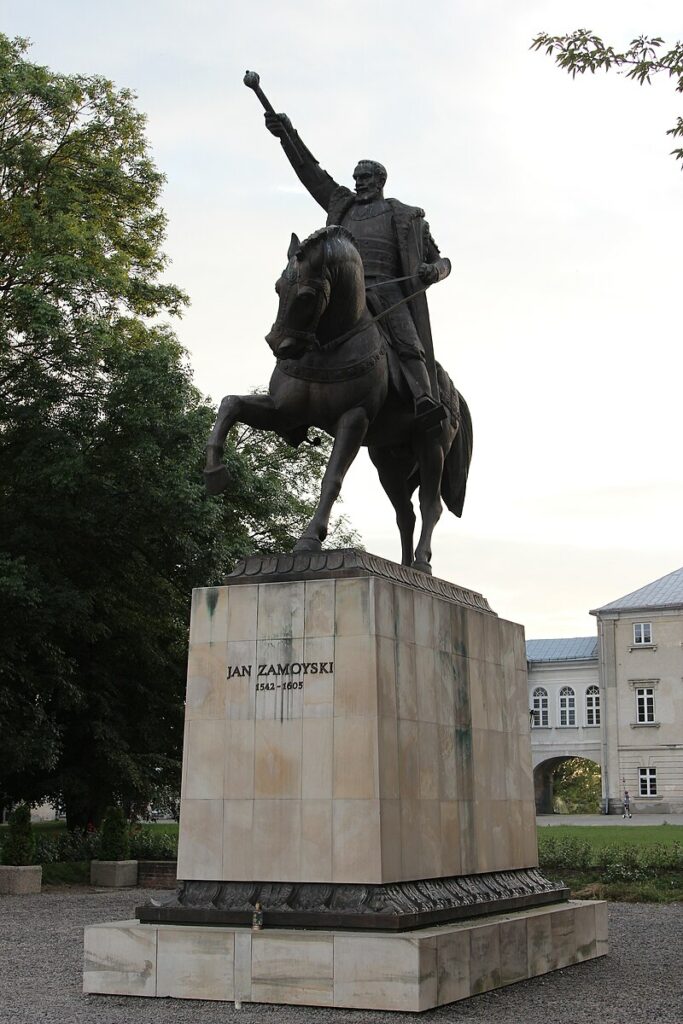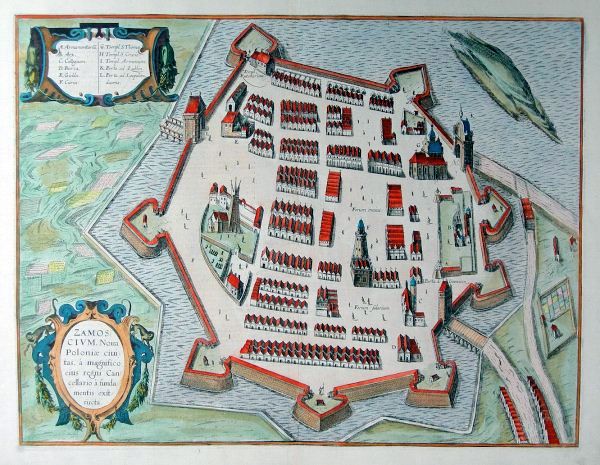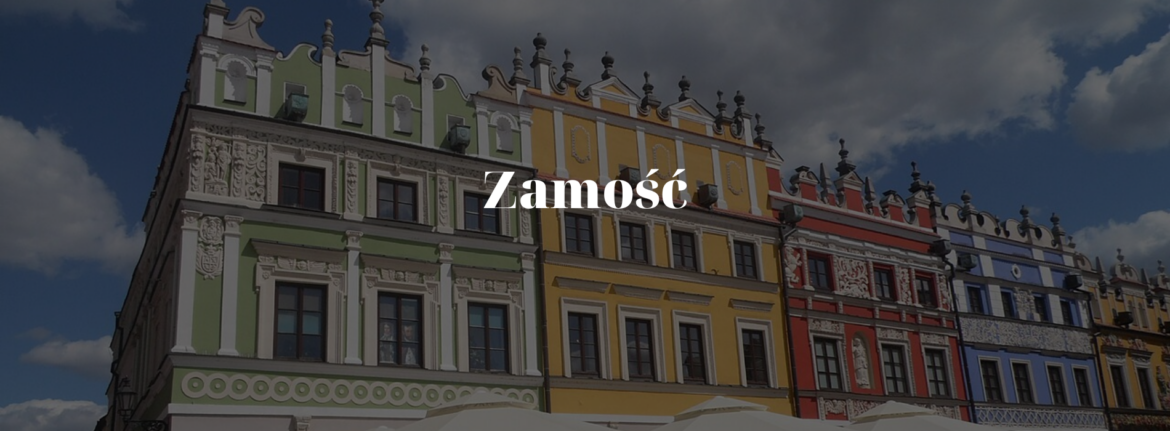Nestled in southeastern Poland, Zamość stands as a unique testament to Renaissance urban planning and architectural brilliance. Founded in the late 16th century, the city remains one of Europe’s best-preserved examples of an ideal Renaissance town. Its perfectly symmetrical layout, grand fortifications, and stunning architectural landmarks have earned it a place on the UNESCO World Heritage List. Beyond its aesthetic appeal, Zamość boasts a rich history, blending Polish, Italian, and Armenian influences, making it a cultural and historical treasure.
The Vision of Jan Zamoyski
Zamość owes its existence to Jan Zamoyski, one of the most influential Polish noblemen of the 16th century. As a chancellor and military leader of the Polish-Lithuanian Commonwealth, Zamoyski envisioned a city that would serve as a political, economic, and intellectual hub. To bring his vision to life, he commissioned the renowned Italian architect Bernardo Morando, who designed Zamość based on the principles of the „ideal city” from Renaissance treatises.
Founded in 1580, the city was planned with remarkable precision. The layout followed a grid-like structure, with the central market square acting as the heart of the city. Surrounding the square were key civic buildings, residential houses, and religious institutions, all constructed in harmony with Renaissance architectural principles. Zamoyski’s goal was not just to create a beautiful city but also a thriving economic and cultural center.


Architectural and Cultural Marvels
The architectural splendor of Zamość is best exemplified by its Old Town, which has remained largely intact since its foundation. The Great Market Square (Rynek Wielki) is the city’s focal point, surrounded by colorful tenement houses with intricate facades. The most striking feature of the square is the Town Hall, renowned for its elegant arcades and grandiose staircase.
One of the city’s most significant landmarks is the Zamość Cathedral, built between 1587 and 1598. Originally serving as the Zamoyski family’s private church, it later became a cathedral and remains a prime example of late Renaissance ecclesiastical architecture. Another important religious site is the Synagogue of Zamość, a beautifully preserved example of Jewish Renaissance architecture, reflecting the city’s historical multiculturalism.
The city’s fortifications also played a crucial role in its history. Designed as an impregnable fortress, Zamość was surrounded by thick defensive walls and bastions. These fortifications proved their worth multiple times, particularly during wars with Cossacks and Swedes in the 17th century. Though partially dismantled in the 19th century, remnants of the original fortifications can still be explored today.
A Melting Pot of Cultures
From its inception, Zamość was envisioned as a multicultural city, attracting merchants, scholars, and craftsmen from across Europe. Armenian traders, in particular, played a significant role in the city’s commercial success, establishing vibrant trade networks. Other communities, including Jews, Greeks, and Italians, also contributed to the city’s cultural and economic life, making Zamość a diverse and prosperous center in the Polish-Lithuanian Commonwealth.
The Jewish community, in particular, left a lasting imprint on the city’s identity. At its peak, Jews comprised a significant portion of the city’s population, contributing to its intellectual and artistic life. The Holocaust, however, brought devastating losses, as the Jewish community was almost entirely annihilated during World War II. Today, efforts have been made to preserve and commemorate this heritage, including the restoration of the historic synagogue.
Zamość in Times of War and Change
Over the centuries, Zamość witnessed numerous conflicts and power shifts. During the Deluge (the Swedish invasion of Poland in the mid-17th century), the city successfully withstood sieges due to its strong fortifications. However, it later fell under Austrian, Russian, and German control during various partitions and occupations.
In World War II, Zamość suffered greatly under Nazi occupation. The city’s population was forcibly displaced, and the area became the site of brutal repressions. The infamous Zamość Uprising, led by Polish resistance fighters, was one of the most significant acts of defiance against the German occupation. Despite these hardships, the city survived and was revitalized in the post-war period.
Zamość Today – A Living Museum
Today, Zamość is often referred to as the „Pearl of the Renaissance” due to its remarkably preserved historic center. Walking through its streets feels like stepping back in time, with nearly every building telling a story of the city’s past. In 1992, Zamość was recognized as a UNESCO World Heritage Site, further cementing its status as one of Poland’s most important cultural landmarks.
The city is not just a relic of the past but a vibrant place filled with festivals, cultural events, and modern attractions. The Zamość Summer Theatre Festival, Film Festival „Sacrofilm,” and various historical reenactments draw visitors from all over Poland and beyond. Tourists can also enjoy the numerous museums, including the Zamość Arsenal Museum, which showcases the city’s military history.
Conclusion
Zamość stands as a unique gem in Poland’s historical and cultural landscape. Its meticulously designed Renaissance architecture, rich multicultural heritage, and storied past make it one of the most fascinating cities in the country. Whether exploring its stunning market square, walking along its old fortifications, or learning about its diverse past, visitors to Zamość can experience a city where history and modern life seamlessly intertwine.
